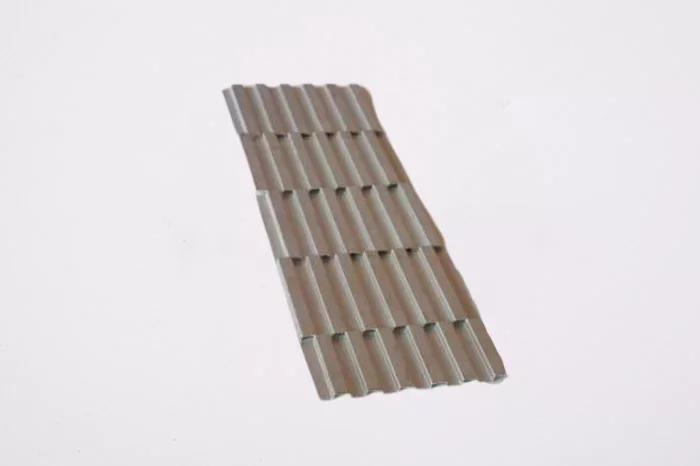Features ofaluminum fins
1. Low density
Through alloying and heat treatment, it can achieve the structure of architectural steel. Suitable for all kinds of transportation, especially for small vehicles, reducing weight and consumption.
2. Good corrosion resistance
Aluminium oxides are non-toxic under harsh conditions. With aluminum heat exchange, there is no need to worry about the internal air or liquid being damaged by oxides for a long time.
3. Good thermal conductivity
Particularly suitable for heat sinks, heat transfer evaporators and condensers.
4. High yield and die-cutting resistance.
Easy to process and shape.
When the root of the fin is grounded on the base bare tube, the heat will be transferred from the root of the fin along the height of the fin in the case of heat transfer from the inside to the outside. It is also continuously transferred to the surrounding fluid by convective heat transfer. As a result, the fin temperature gradually decreases along the height. This also shows that the difference between the fin temperature and the ambient fluid temperature is gradually decreasing, and the change in heat per unit is shrinking. Consequently, the effect of fin surface area on enhancing heat transfer is diminishing. The taller the fins, the less the added area contributes to heat exchange.









